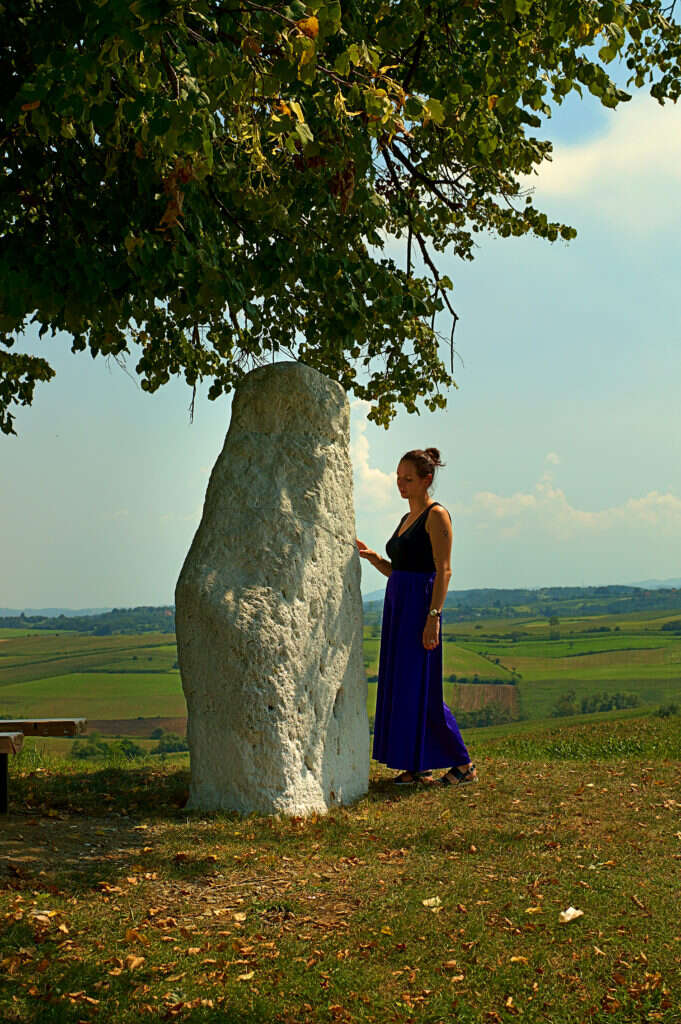To the west of Serbia, there is a magical area – Radjevina, and in its center – Krupanj, a beautiful town in which history comes face to face with raw nature, creating an unforgettable experience for anyone who travels to these parts.
Everywhere, all over this magical area, there are incredible landscapes, historical monuments and reminders of everything that people living here survived…

All the locals know that the whole region was named after the knight Radj, to whom his faithful wife Andjelija raised a white monument made of stone.
This magic white stone is located about ten kilometers from Krupanj, and it is the heart of Radjevina, a magical floating in the seas of lilacs, a flower which ia a sign of this region.
The legend goes that the custom in this area was such that girls and women put lilacs on the graves of their husbands and lovers. Andjelija, the wife of Radj, loved her man so much that she had this giant boulder put over the grave of her loved one. Today still, it oversees the whole region from the hill on which it is located.

Just moments after the stone was placed where Radj was buried, Andjelija herself layed down and closed her eyes forever, besides her loved one.
The Stone of Radj is located between the villages Belotić, Bela Crkva and Ravnaja, in the municipality of Krupanj. It is located at the place where there once was a summer home of Radj, one of the seven Serbian knights led by Serbian ruler Lazar Hrebeljanovic in the Battle of Kosovo, against the Ottoman Turks.
Radj was a great man who ruled in the Macvan Banovina, an area that included Mačva, Jadar and the area from Povlen to Drina. He lived in the village of Tolisavec, in which the walls of his palace remained.

Behind the beautiful scene of this white stone dominating over Radjevina lies a sad story. In the attack by the Hungarians, headed by Istvan, a great battle with Radj and his soldiers developed, and the Hungarians were superior. Seeing that he had no choice, Radj sent his beloved wife Andjelija over the Drina river. One of the soldiers of Radj killed Istvan, and the Hungarians last words addressed to Radj were “a damn thing to both of us.” This was the last thing that Radj ever heard, since the next death was his.
When she heard the terrible news, Andjelija came to the summer house and, together with the villagers, braugth a great stone from the Radalj quarry, carried with thirty pairs of bulls, and set it on a hill.
As a memorial to Radj, the people of Radjevina paint this stone in white, every year. This stone has been a symbol of Radjevina for centuries, and it remains so today.

In the World War One, the Austro-Hungarians shelled the Valley of Radj, and in that attack, the Stone of Radj was damaged. The locals fixed it, remedied the damage, and placed it again where it stood.
Once a year, thousands of people come to the Stone of Radj, and celebrate. There is a belief that the girls will marry the guys beside which they dance in the circle next to the Great Stone.
This article is a part of the project “Seven miracles of Krupanj”, supported by the Krupanj Municipality. Positions of the supported media project do not necessarily reflect statements of the organ supporting the project.
(Cometoserbia.com)
